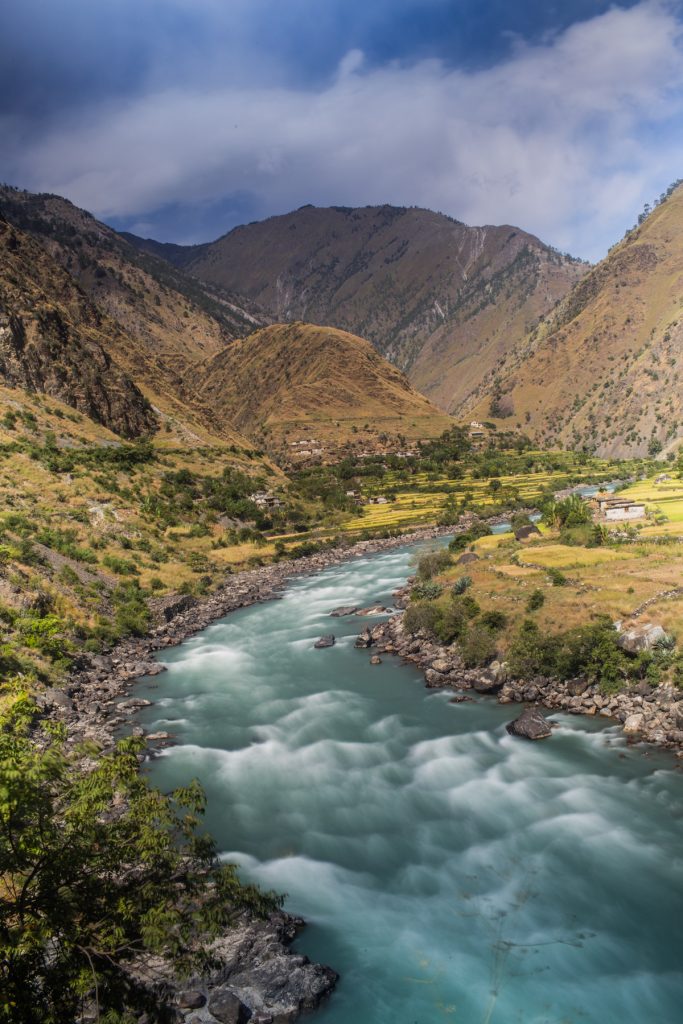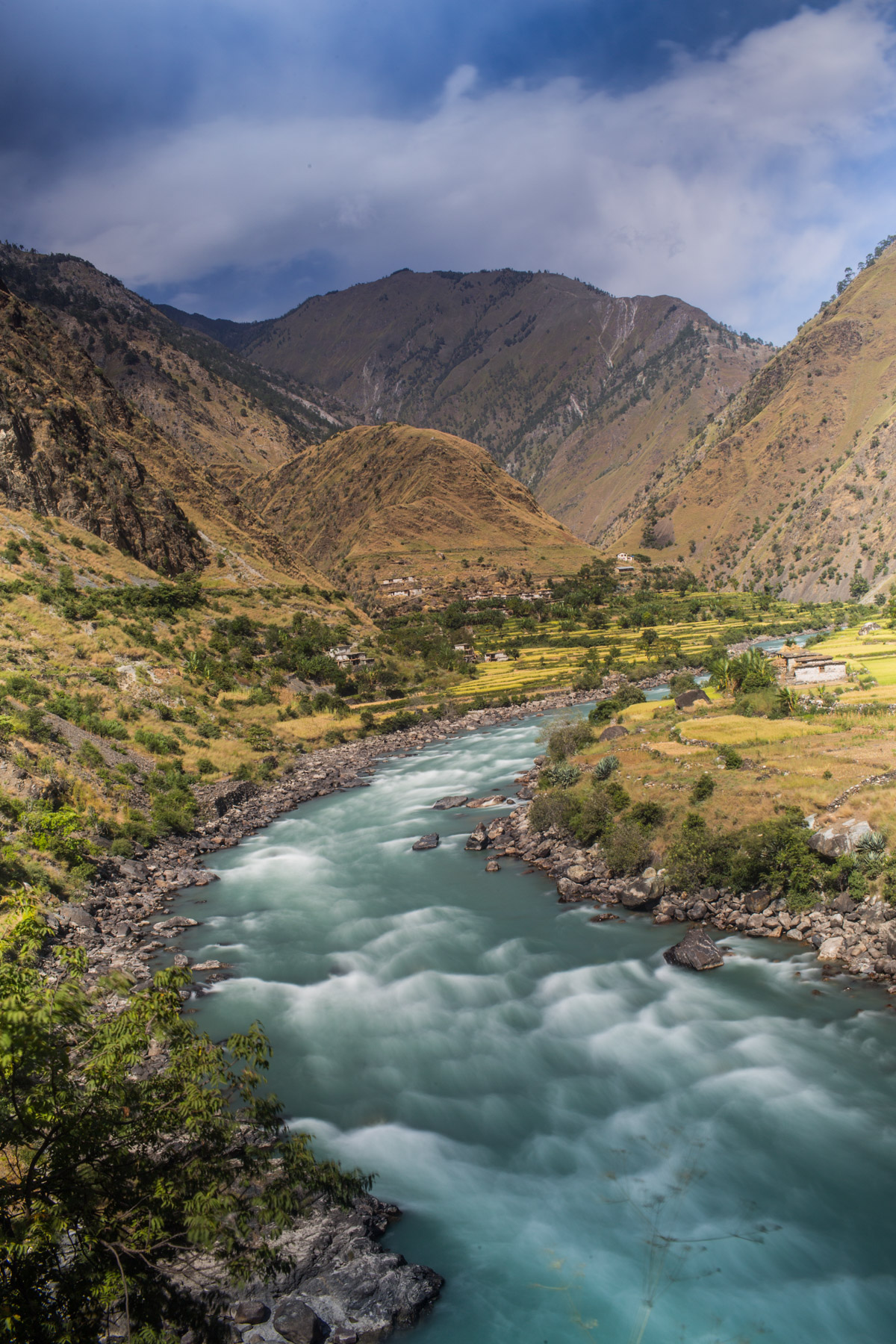
The Karnali River is the gateway to the Kailash Mandala region from the Ganges River. It provides a sacred corridor once travelled by Shiva and his wife Parvati on his way to his home in Mt. Kailash. Today, the river corridor is travelled by tens of thousands of pilgrims annually. Of the three major rivers emerging from the Nepal Himalaya—the Koshi, the Gandaki, and the Karnali—the Karnali is the only major river that remains free flowing. All others have been dammed for hydropower generation, reflecting an increasingly intensive and disorderly pattern of hydropower development across Nepal, where 100+ hydrodams currently have cumulative capacity of only 1 GW. There are currently four hydropower dams and two major irrigation diversions planned for the mainstem of the Karnali River, and the construction of any one of these infrastructure facilities will forever change the flow of the Karnali River, as well as the diverse values and benefits derived from it.
In November 2019 Bangladesh and Indian Company GMR have moved closer to signing a power purchase agreement to pave the way for the Indian developer to build the 900 megawatt Upper Karnali scheme in western Nepal and sell 500 megawatt to Bangladesh, officials say. According to GMR Chief Operating Officer Harbinder Monocha, a cabinet meeting of Bangladesh has allowed the company and energy authorities of Bangladesh to go ahead with an agreement on the purchase rates. The project cost is estimated by dam proponents to hover around $1.1 billion (judging from experience with such dams and average cost of construction in Nepal above 2000 USD/kW it will be at least twice more expensive -RwB). The GMR company has plans to collect 15 per cent of investment through Nepali banks and financial institutions. “We are also in negotiations with Indian Exim Bank, Chinese Exim Bank, Asian Development Bank, World Bank and Netherlands Development Finance Company (FMO) and other multilateral lenders for the remaining financing for the project”- said GMR representative.
The construction of the Upper Karnali project would be an IRREVERSIBLE step in the WRONG direction. There are many other hydropower plants currently being built or in the advanced planning stages in central and eastern Nepal that could supply power to Bangladesh. As such, there is no good reason to build the first-ever HPP on the main stem of the Karnali in Far Western Nepal to meet this demand.
An alternative vision for the main stem of the Karnali has been under development for several years. This vision was presented and discussed at Nepal’s Third National River Summit held in Rakam Karnali in March 2019 where Karnali Declaration was adopted. It has been detailed in a recent report by the Nepal River Conservation Trust (NRCT) Karnali River Corridor Management Framework.
The Framework provides a forward-looking, holistic vision for the socio-economic development of the Karnali River Corridor. It supports the development of sustainable hydropower in far-western Nepal, including the Karnali Basin, but makes a powerful case for this NOT happening on the main stem of the river. There are multiple sites on tributaries in the Basin where hydropower can be developed both to meet local needs and for export.
The Karnali Declaration calls “to make the Karnali river unique, important, cultural, and naturally, by declaring a 5 kilometer area in each side of the river as a Sacred Karnali River Corridor and adding to the world heritage list, for setting up the activities and schemes, under the holy Karnali river, keeping special plans in the area, in order to honor and preserve the rights of the future generations, the Karnali River, which has not been destroyed till now, will take some section/part of the river as natural and indefinite (free flowing river) as a gift to the future generation”.
Given recent developments, this may be the last opportunity to protect the ecological and social dynamics of this watershed before it changes irrevocably.
Sources: Heritage Dammed Report and The Himalayan times


